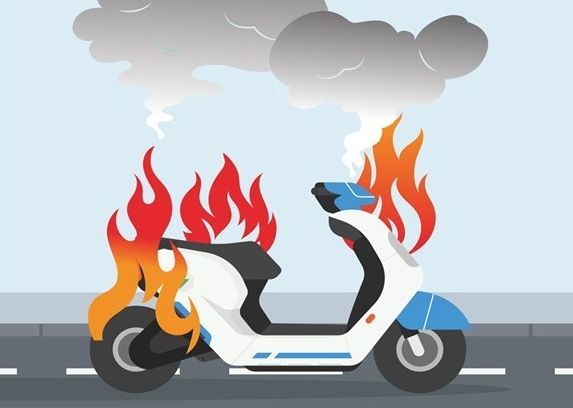Eight electric vehicle manufacturers have adopted a recommendation by the US National Transportation Safety Board (NTSB) on improving their emergency response guidelines and incorporating vehicle-specific information for fighting high-voltage lithium-ion battery fires.
Honda, Hyundai, Mitsubishi, Porsche, Proterra, Van Hool, Volkswagen and Volvo have successfully completed the actions asked for in the NTSB recommendation, the agency said in a statement.
NTSB issued the recommendation in January 2021 to 22 electronic car manufacturers.
Twelve manufacturers (BMW, BYD, Stellantis, formerly Fiat Chrysler Automobiles US, Ford, General Motors, Gillig, Kia, Mercedes-Benz, Nissan, Subaru, Tesla and Toyota) are making progress on the steps identified in the recommendation.
Two manufacturers, Nova Bus Corporation and Karma Automotive, have not yet responded.
“First responders deserve to have the information they need to stay safe when providing post-crash care — and that includes knowing how to suppress a high-voltage lithium-ion battery fire,” said Chair Jennifer Homendy.
“Our recommendation is a simple but powerful action that can save the lives of first responders and crash victims alike. I congratulate the eight electric vehicle manufacturers that have stepped up and call on the remaining 14 companies to implement our recommendation immediately,” Jennifer added.
The recommendation was issued over two main safety issues.
The first issue is the inadequacy of vehicle manufacturers’ emergency response guides and the second is gaps in safety standards and research related to high-voltage lithium-ion batteries involved in high-speed, high-severity crashes.
Fires in electric vehicles powered by high-voltage lithium-ion batteries pose the risk of electric shock to emergency responders from exposure to the high-voltage components of a damaged lithium-ion battery.
“A further risk is that damaged cells in the battery can experience thermal runaway — uncontrolled increases in temperature and pressure — which can lead to battery reignition,” said the US agency.
The risks of electric shock and battery reignition/fire arise from the “stranded” energy that remains in a damaged battery.























